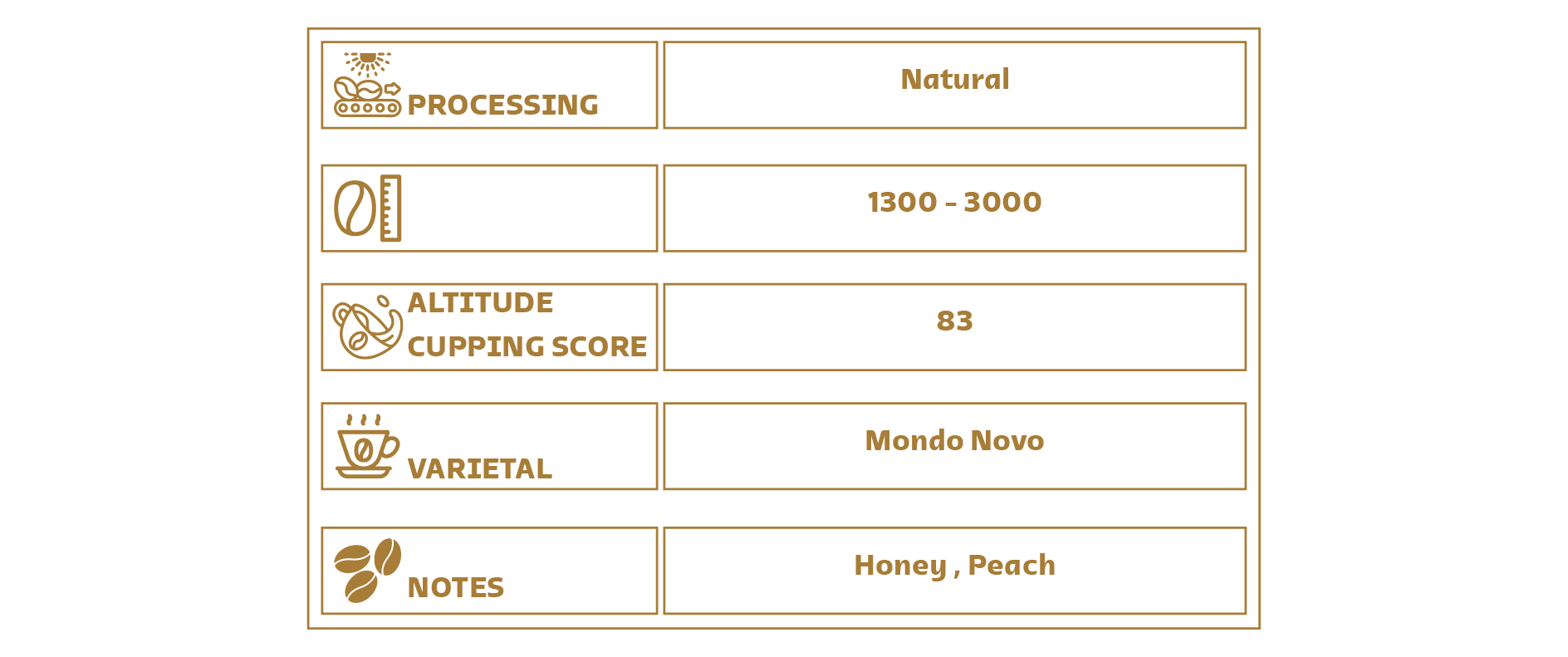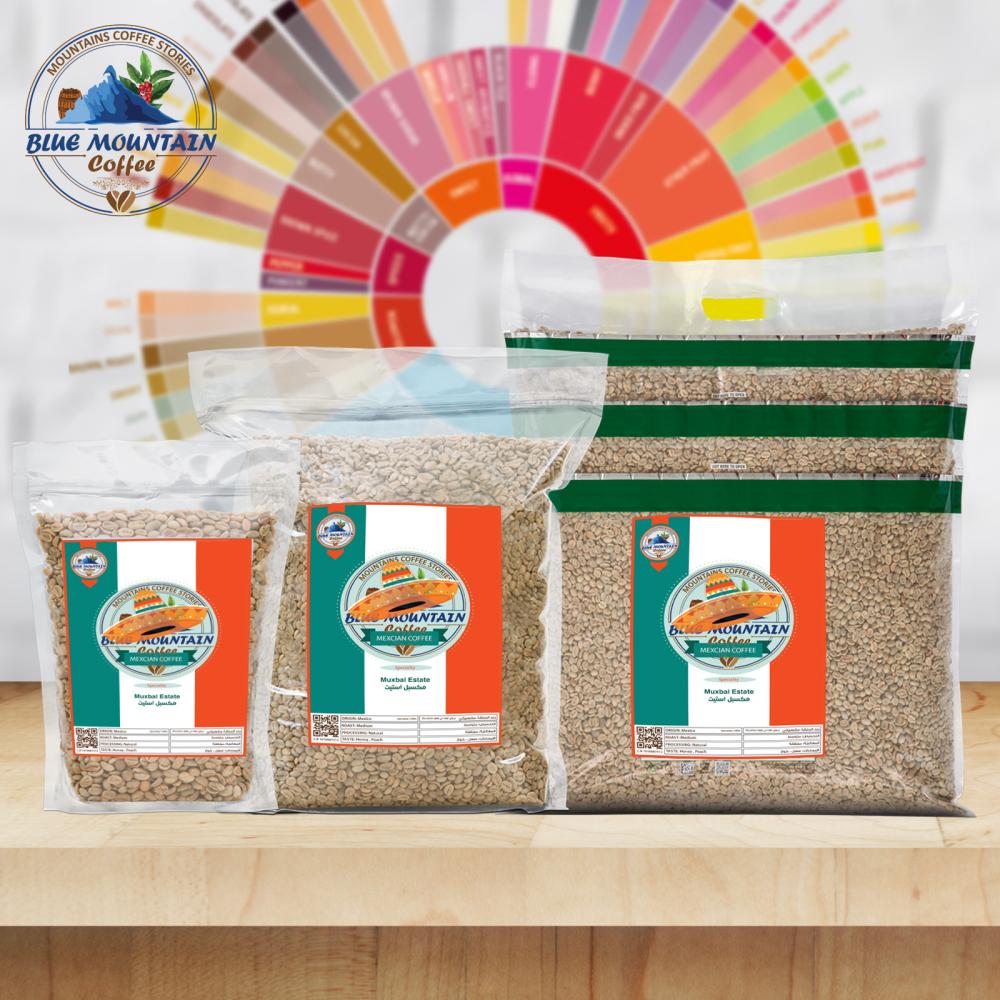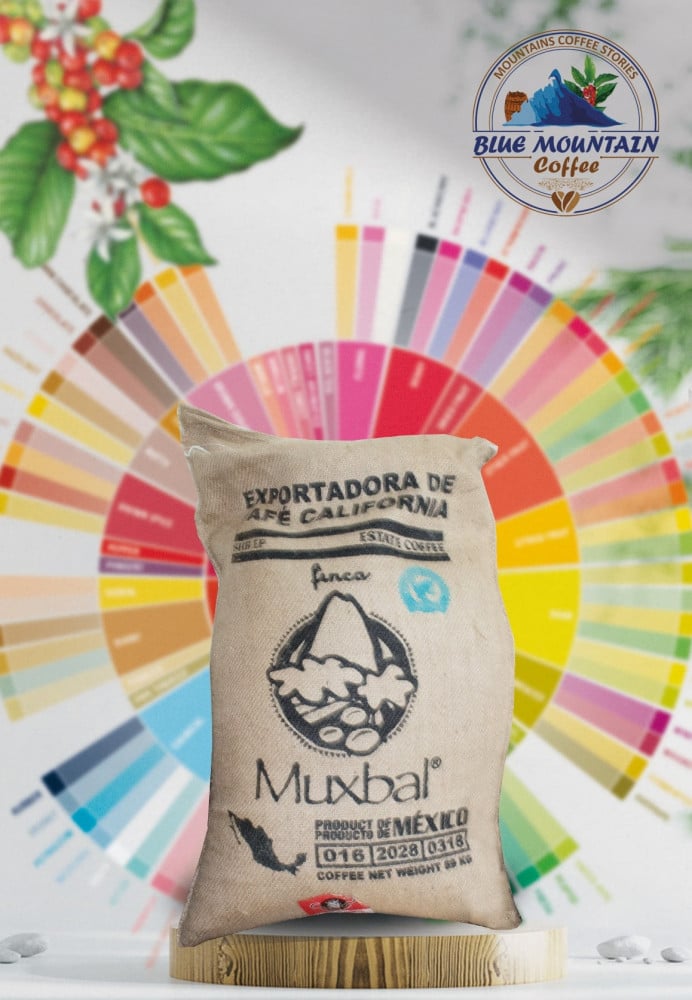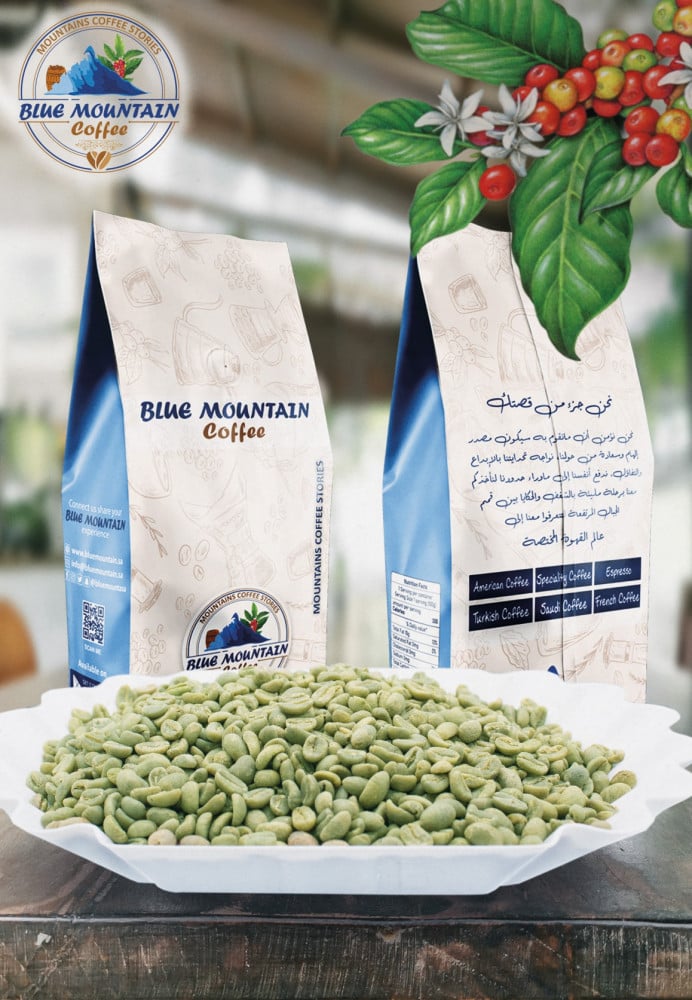
Coffee first found its way into Mexico in the late 1700s, when it was cultivated on farms owned by Europeans with predominantly indigenous Mexican laborers. A revolution in the early 20th century began the process of changing the status quo through agrarian land reform. Today’s Mexican farms look very different from the large plantations of yesteryear: the most recent agricultural census counted 515,000 producers, 85% of whom were indigenous Mexicans, and 95% cultivated fewer than three hectares. Mexican coffee is classified by altitude, and much of the country's coffee is used for blending and/or dark-roasted coffees. and most of the country's coffee now comes from the country's southern region where the continent becomes narrower and bends to the east. Mexican coffee is known for having a light body and acidity, often with a nutty flavor, perhaps with chocolaty overtones.
Mexican Coffee Key Facts: Percentage of World Market 2.4%
Harvest November- March
Process: Washed and Natural
World Ranking as producer: 10th
Main Type: Arabica, bourbon, Typica, Caturra, Mundo Novo



